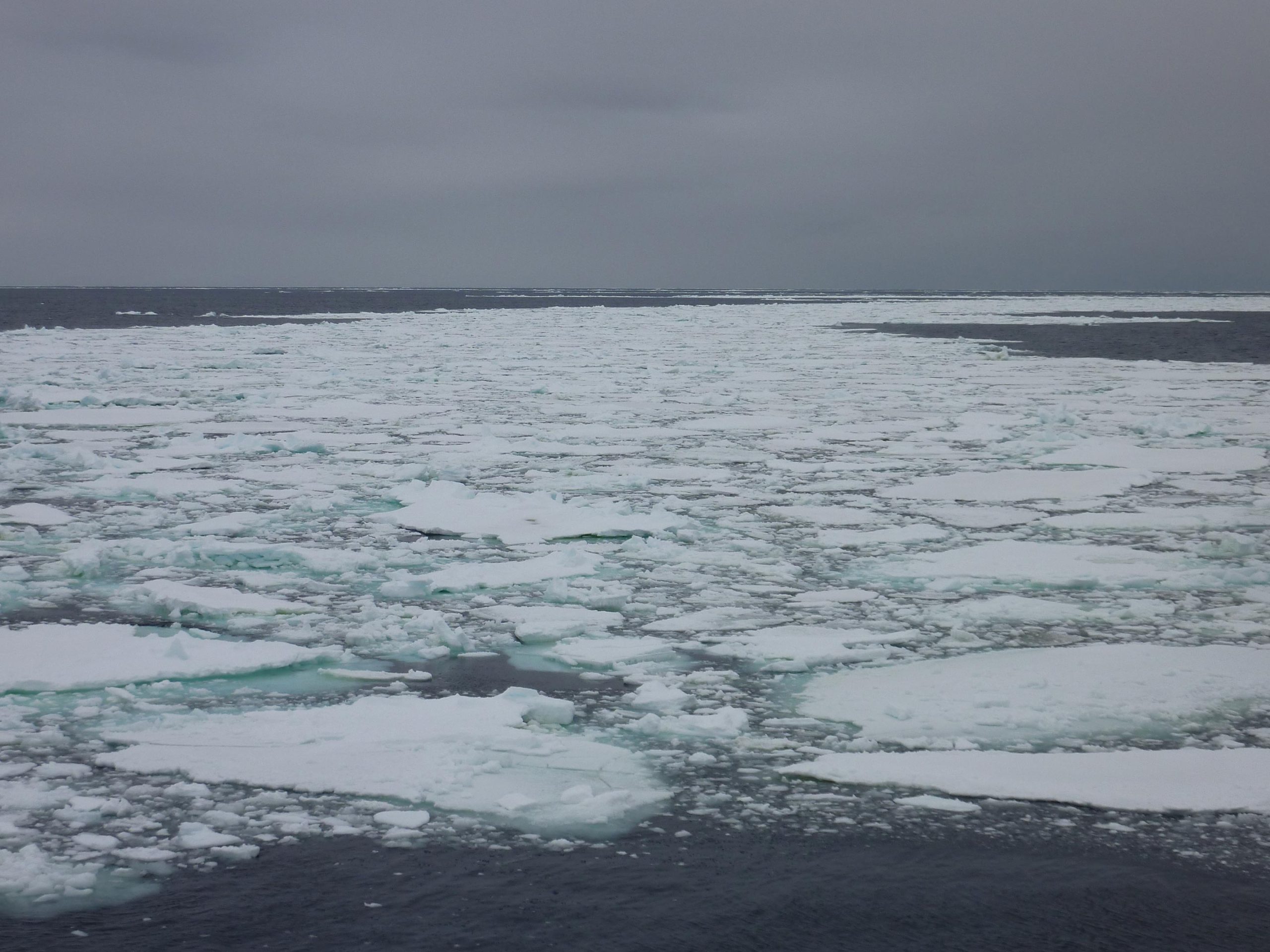
As Arctic sea ice recedes, scientists have uncovered an unexpected positive aspect hidden in a bleak narrative. Bacteria residing beneath the ice are quietly transforming nitrogen gas into nutrients that sustain the base of the food web, a phenomenon researchers had believed impossible in these icy, frigid waters.
The discovery, released today in *Communications Earth & Environment*, indicates that the Arctic Ocean has been concealing an overlooked source of nitrogen, a vital nutrient essential for the growth of algae. An increase in algae means more sustenance for the minuscule crustaceans that nourish fish, potentially altering forecasts regarding the future of Arctic marine ecosystems.
“Until now, it was thought that nitrogen fixation could not occur beneath the sea ice due to the assumption that the living conditions for the organisms responsible for this process were too harsh,” states Lisa von Friesen, who spearheaded the research while at the University of Copenhagen.
Ice Edges Alive with Bacterial Activity
The scientists analyzed nitrogen fixation at 13 sites throughout the central Arctic Ocean, ranging from areas north of Svalbard to the seas off northeast Greenland. They observed the highest rates in regions where the ice was actively melting at the ice borders, locations where sunlight penetrates and meltwater mixes into the darker depths of the ocean.
In these melting regions, specialized bacteria known as non-cyanobacteria are undertaking the main work. Unlike their relatives in warmer waters, Arctic nitrogen fixers are not the well-known photosynthetic cyanobacteria. Instead, they belong to a completely different group, bacteria that utilize organic matter released by algae, then provide fixed nitrogen that supports algal growth in return.
The peak nitrogen fixation rates, reaching 5.3 nanomoles per liter per day, were found alongside an ice-edge phytoplankton bloom primarily made up of diatoms. The researchers detected nitrogen fixation even beneath thick multiyear ice in the central Arctic, albeit at reduced rates.
A Reciprocal Relationship Between Algae and Bacteria
The connection seems to be mutual. Algae discharge organic carbon as they develop, which nourishes the nitrogen-fixing bacteria. These bacteria subsequently release nitrogen that facilitates further algal growth. When researchers introduced additional dissolved organic carbon to water samples, nitrogen fixation rates rose at certain stations, implying that bacteria were limited by available carbon.
“In other words, the levels of nitrogen available in the Arctic Ocean have likely been underestimated, both presently and for future predictions,” von Friesen elucidates. As sea ice continues to retract and the zones of active melting widen, more nitrogen could be accessible through this bacterial action.
The team pinpointed two significant bacterial groups, labeled Gamma-Arctic1 and Gamma-Arctic2, that were prevalent throughout the central Arctic Ocean. Another group, Beta-Arctic1, was actively demonstrating the required genes for nitrogen fixation even in nitrogen-abundant waters, a somewhat counterintuitive result that suggests the intricate nature of these microbial communities.
The consequences stretch beyond the food chain. An increase in algae could lead to greater absorption of carbon dioxide from the atmosphere, as algae function like small vacuum cleaners, taking up CO2 as they develop. Some of that carbon ultimately sinks to the ocean’s depths as algal biomass, effectively sequestering it from the atmosphere.
Lasse Riemann, a professor at the University of Copenhagen and a senior author on the study, approaches broad predictions with caution. “For the climate and the environment, this is likely positive news,” he remarks, although he acknowledges that biological systems are intricate and other mechanisms may act in contradictory ways.
What is evident, Riemann contends, is that nitrogen fixation should be included in models that project the future of the Arctic Ocean. The study examined varying ice conditions, from thick multiyear ice to open waters, providing insights into how nitrogen dynamics might change as summers increasingly become ice-free.
The Arctic Ocean is warming at a rate up to four times faster than the global average, leading to significant reductions in sea ice extent, age, and thickness. Between 1998 and 2018, primary productivity in Arctic surface waters surged by up to 60 percent. This latest study suggests that those productivity increases could receive an additional boost from bacterial nitrogen fixers, particularly along the expanding interfaces where ice meets open water.
The research was conducted during two expeditions aboard the icebreakers IB Oden and RV Polarstern, with data collected from the central Arctic Ocean to the marginal ice zone north of Svalbard and in the waters off northeast Greenland.
[Communications Earth & Environment: 10.1038/s43247-025-02782-4](https://doi.org/10.1038/s43247-025-02782-4)